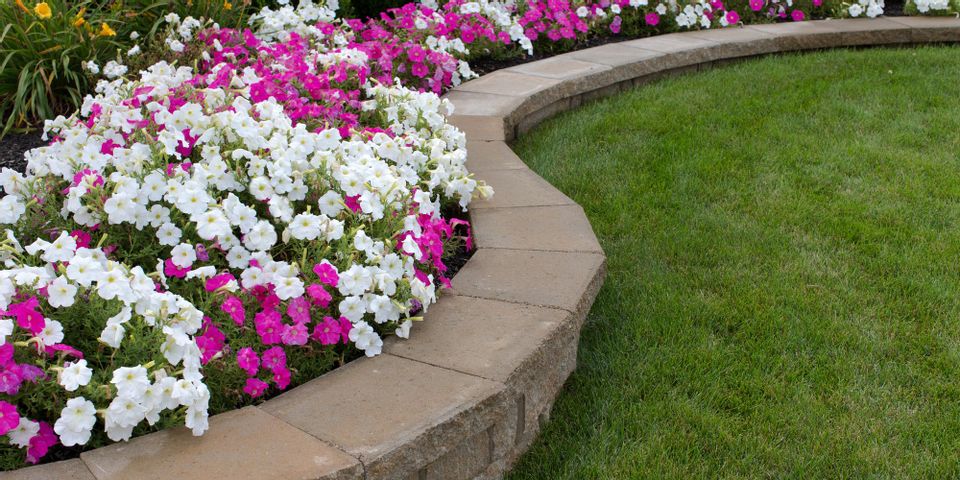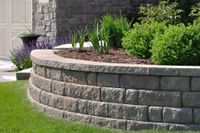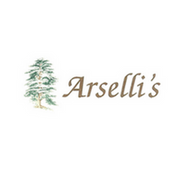
Whether you want to add character to your landscaping or need to combat loose grades and erosion, retaining walls are usually the answer. There are several designs to choose from, each with their pros and cons. Understanding these will ensure you meet all of your functional and aesthetic goals.
Understanding Retaining Wall Designs
1. Cantilevered
 Cantilevered walls are often more functional than creative. They’re single-layered walls attached to a slab poured in a ditch at the base of the grade. The thickness will vary on the load the wall will be supporting. Concrete may also be reinforced on larger grades. Once in place, these walls provide extensive support; however, they require an effective drainage system, so the concrete won’t erode from runoff.
Cantilevered walls are often more functional than creative. They’re single-layered walls attached to a slab poured in a ditch at the base of the grade. The thickness will vary on the load the wall will be supporting. Concrete may also be reinforced on larger grades. Once in place, these walls provide extensive support; however, they require an effective drainage system, so the concrete won’t erode from runoff.
2. Gravity
Gravity walls are the most common design. By using heavy materials, such as oversized concrete pavers, bricks, or natural stones, soil will naturally be held in place. They’re best used on lower grades because the walls will become weaker the higher the wall is. Loose paver walls are fantastic for drainage, so consider adding them in areas where you experience a lot of rain runoff.
3. Sheet Piles
If you have soft soil in your lawn, professionals can drive steel, wood, vinyl, and other stakes into the ground to create a retaining wall. These will counter the resulting pressure from the grade and give you the opportunity to use unique materials. They can also be built tall, making them ideal for lawns that don’t have much space.
If you’re considering a retaining wall for your home, contact Arselli's Landscape & Design. Serving Chillicothe, OH, these professionals provide a number of landscaping services, including design, patio building, and deck building. You can explore their full scope of work on their website or call (740) 775-8177 to schedule a consultation.
About the Business
Have a question? Ask the experts!
Send your question

